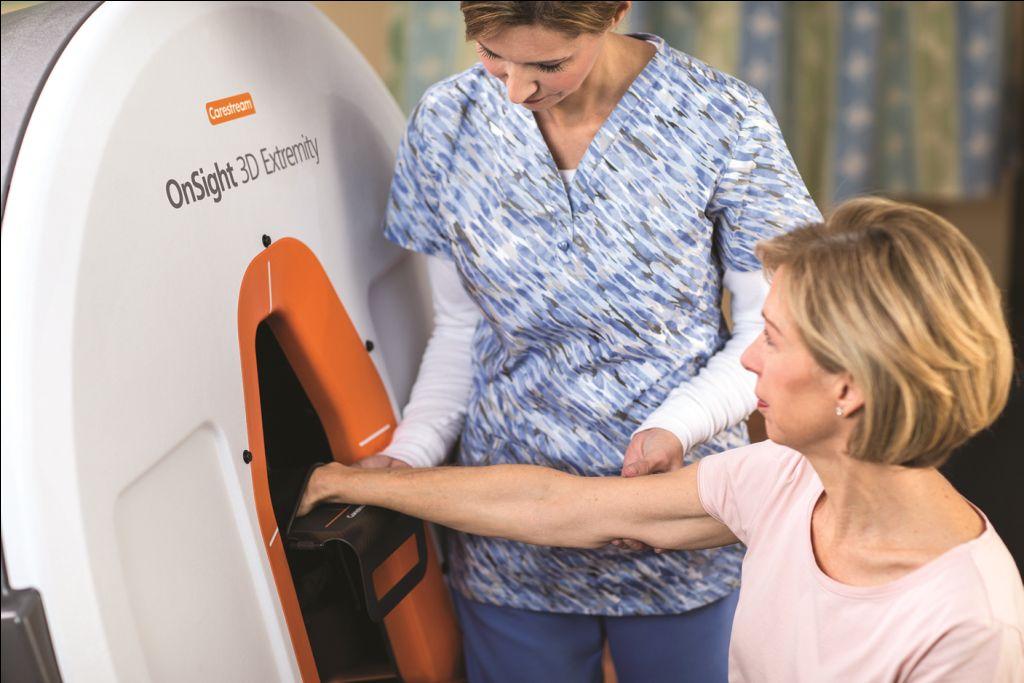

FACT FILE
|

About World Autism Day

On December 18, 2007, the United Nations General Assembly adopted resolution 62/139, tabled by the State of Qatar, which declares April 2 as World Autism Awareness Day (WAAD) in perpetuity. Her Highness Sheikha Mozah Bint Nasser Al-Missned, Consort of His Highness Sheikh Hamad Bin Khalifa Al-Thani, the Emir of the State of Qatar, supported the campaign for a World Autism Awareness Day through the current 62nd UN General Assembly Session, garnering consensus support from all United Nations Member States.
This UN resolution declares WAAD as one of only four official health-specific United Nations Days and will bring the world’s attention to autism, a pervasive disorder that affects tens of millions. The World Autism Awareness Day resolution encourages all Member States to take measures to raise awareness about autism throughout society and to encourage early diagnosis and early intervention. It further expresses deep concern at the prence and high rate of autism in children in all regions of the world and the consequent developmental challenges.
World Autism Awareness Day shines a bright light on autism as a growing global health crisis. WAAD activities help to increase and develop world knowledge of the autism epidemic and impart information regarding the importance of early diagnosis and early intervention. Additionally, WAAD celebrates the unique talents and skills of persons with autism and is a day when individuals with autism are warmly welcomed and embraced in community events around the globe.
|
What is autism? Autism spectrum disorder (ASD) is a range of complex neurodevelopment disorders, characterized by social impairments, communication difficulties, and restricted, repetitive, and stereotyped patterns of behavior. Autistic disorder, sometimes called autism or classical ASD, is the most severe form of ASD, while other conditions along the spectrum include a milder form known as Asperger syndrome, and childhood disintegrative disorder and pervasive developmental disorder not otherwise specified (usually referred to as PDD-NOS). Although ASD varies significantly in character and severity, it occurs in all ethnic and socioeconomic groups and affects every age group. Experts estimate that 1 out of 88 children age 8 will have an ASD (Centers for Disease Control and Prevention: Morbidity and Mortality Weekly Report, March 30, 2012). Males are four times more likely to have an ASD than females. What are some common signs of autism? The hallmark feature of ASD is impaired social interaction. As early as infancy, a baby with ASD may be unresponsive to people or focus intently on one item to the exclusion of others for long periods of time. A child with ASD may appear to develop normally and then withdraw and become indifferent to social engagement. Children with an ASD may fail to respond to their names and often avoid eye contact with other people. They have difficulty interpreting what others are thinking or feeling because they cant understand social cues, such as tone of voice or facial expressions, and dont watch other peoples faces for clues about appropriate behavior. They lack empathy. Many children with an ASD engage in repetitive movements such as rocking and twirling, or in self-abusive behavior such as biting or head-banging. They also tend to start speaking later than other children and may refer to themselves by name instead of I or me. Children with an ASD dont know how to play interactively with other children. Some speak in a sing-song voice about a narrow range of favorite topics, with little regard for the interests of the person to whom they are speaking. Children with characteristics of an ASD may have co-occurring conditions, including Fragile X syndrome (which causes mental retardation), tuberous sclerosis, epileptic seizures, Tourette syndrome, learning disabilities, and attention deficit disorder. About 20 to 30 percent of children with an ASD develop epilepsy by the time they reach adulthood. . How is autism diagnosed? ASD varies widely in severity and symptoms and may go unrecognized, especially in mildly affected children or when it is masked by more debilitating handicaps. Very early indicators that require uation by an expert include:
Later indicators include:
Health care providers will often use a questionnaire or other screening instrument to gather information about a childs development and behavior. Some screening instruments rely solely on parent observations, while others rely on a combination of parent and doctor observations. If screening instruments indicate the possibility of an ASD, a more comprehensive uation is usually indicated. A comprehensive uation requires a multidisciplinary team, including a psychologist, neurologist, psychiatrist, speech therapist, and other professionals who diagnose children with ASDs. The team members will conduct a thorough neurological assessment and in-depth cognitive and language testing. Because hearing problems can cause behaviors that could be mistaken for an ASD, children with delayed speech development should also have their hearing tested. Children with some symptoms of an ASD but not enough to be diagnosed with classical autism are often diagnosed with PDD-NOS. Children with autistic behaviors but well-developed language skills are often diagnosed with Asperger syndrome. Much rarer are children who may be diagnosed with childhood disintegrative disorder, in which they develop normally and then suddenly deteriorate between the ages of 3 to 10 years and show marked autistic behaviors. What causes autism? Not long ago, the answer to this question would have been we have no idea. Research is now delivering the answers. First and foremost, we now know that there is no one cause of autism just as there is no one type of autism. Over the last five years, scientists have identified a number of rare gene changes, or mutations, associated with autism. Research has identified more than a hundred autism risk genes. In around 15 percent of cases, a specific genetic cause of a persons autism can be identified. However, most cases involve a complex and variable combination of genetic risk and environmental factors that influence early brain development. In other words, in the presence of a genetic predisposition to autism, a number of nongenetic, or environmental, influence further increase a childs risk. The clearest evidence of these environmental risk factors involves events before and during birth. They include advanced parental age at time of conception (both mom and dad), maternal illness during pregnancy, extreme prematurity and very low birth weight and certain difficulties during birth, particularly those involving periods of oxygen deprivation to the babys brain. Mothers exposed to high levels of pesticides and air pollution may also be at higher risk of having a child with ASD. It is important to keep in mind that these factors, by themselves, do not cause autism. Rather, in combination with genetic risk factors, they appear to modestly increase risk. A small but growing body of research suggests that autism risk is less among children whose mothers took prenatal vitamins (containing folic acid) in the months before and after conception. Increasingly, researchers are looking at the role of the immune system in autism. Autism Speaks is working to increase awareness and investigation of these and other issues, where further research has the potential to improve the lives of those who struggle with autism Are vaccines to be blamed ? Many studies have been conducted to determine if a link exists between immunization and increased prence of autism, with particular attention to the measles-mumps-rubella (MMR) vaccine and vaccines containing the preservative thimerosal. These studies have found no link between vaccines and autism. We strongly encourage parents to have their children vaccinated, because this will protect them against serious diseases. It remains possible that, in rare cases, immunization might trigger the onset of autism symptoms in a child with an underlying medical or genetic condition. Autism Speaks is funding studies on the underlying biology of autism, including studies to better understand medical and genetic conditions associated with autism. We recognize that some parents may still have concerns about vaccines, especially those parents who already have a child or relative with an autism spectrum disorder. Because parents and guardians differ in their sensitivity and concern about this issue, we urge them to find a pediatrician or other health practitioner who will partner with them to consider their concerns and help them ensure the optimal well-being of their child. Establishing open communication and trust with a physician who understands each child and his or her family is the best strategy for keeping a child healthy. What role does inheritance play? Twin and family studies strongly suggest that some people have a genetic predisposition to autism. Identical twin studies show that if one twin is affected, there is up to a 90 percent chance the other twin will be affected. There are a number of studies in progress to determine the specific genetic factors associated with the development of ASD. In families with one child with ASD, the risk of having a second child with the disorder is approximately 5 percent, or one in 20. This is greater than the risk for the general population. Researchers are looking for clues about which genes contribute to this increased susceptibility. In some cases, parents and other relatives of a child with ASD show mild impairments in social and communicative skills or engage in repetitive behaviors. Evidence also suggests that some emotional disorders, such as bipolar disorder, occur more frequently than average in the families of people with ASD. Do symptoms of autism change over time? For many children, symptoms improve with treatment and with age. Children whose language skills regress early in life”before the age of 3”appear to have a higher than normal risk of developing epilepsy or seizure-like brain activity. During adolescence, some children with an ASD may become depressed or experience behavioral problems, and their treatment may need some modification as they transition to adulthood. People with an ASD usually continue to need services and supports as they get older, but many are able to work successfully and live independently or within a supportive environment. How Can I Tell if My Child has Autism? Though autism cannot be definitively diagnosed until around 18 to 24 months, research shows that children as young as 8 to 12 months may exhibit early signs. Parents should look for symptoms such as no back-and-forth sharing of sounds, smiles or other facial expressions by 9 months; no babbling or back-and-forth gestures (e.g. pointing) by 12 months; or any loss of babbling, speech or social skills at any age How is autism treated? There is no cure for ASDs. Therapies and behavioral interventions are designed to remedy specific symptoms and can bring about substantial improvement. The ideal treatment plan coordinates therapies and interventions that meet the specific needs of individual children. Most health care professionals agree that the earlier the intervention, the better. Educational/behavioral interventions: Therapists use highly structured and intensive skill-oriented training sessions to help children develop social and language skills, such as Applied Behavioral Analysis. Family counseling for the parents and siblings of children with an ASD often helps families cope with the particular challenges of living with a child with an ASD. Medications: Doctors may prescribe medications for treatment of specific autism-related symptoms, such as anxiety, depression, or obsessive-compulsive disorder. Antipsychotic medications are used to treat severe behavioral problems. Seizures can be treated with one or more anticonvulsant drugs. Medication used to treat people with attention deficit disorder can be used effectively to help decrease impulsivity and hyperactivity. Other therapies: There are a number of controversial therapies or interventions available, but few, if any, are supported by scientific studies. Parents should use caution before adopting any unproven treatments. Although dietary interventions have been helpful in some children, parents should be careful that their childs nutritional status is carefully followed. |
Be a part of Elets Collaborative Initiatives. Join Us for Upcoming Events and explore business opportunities. Like us on Facebook , connect with us on LinkedIn and follow us on Twitter , Instagram.











